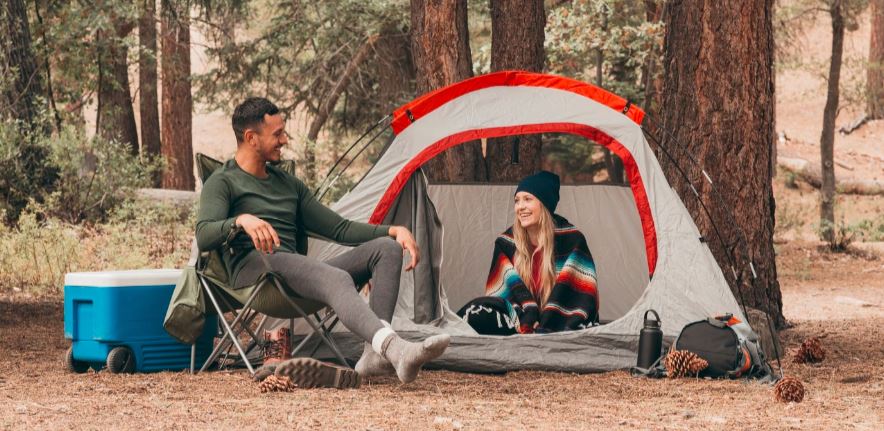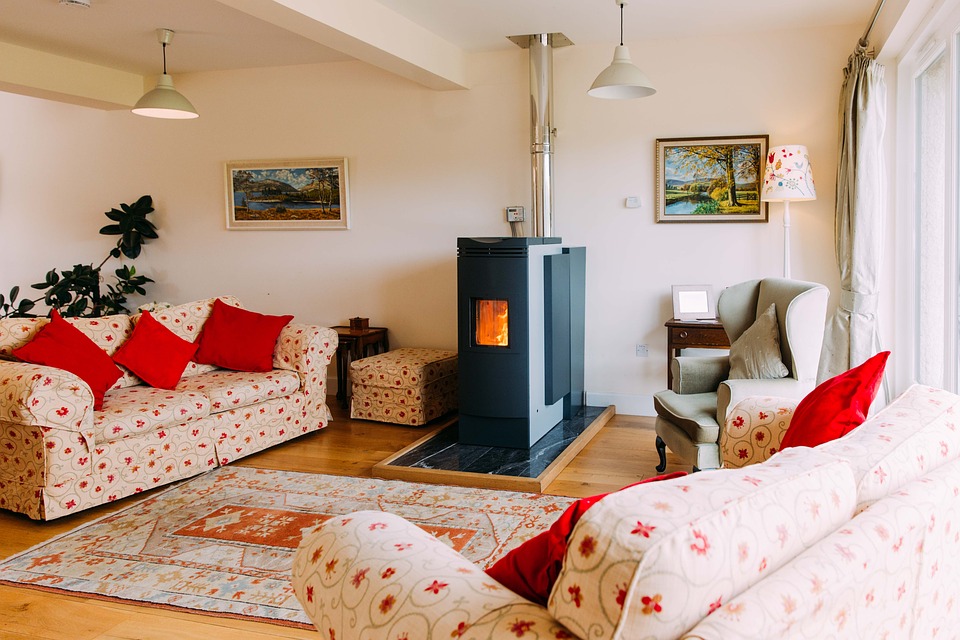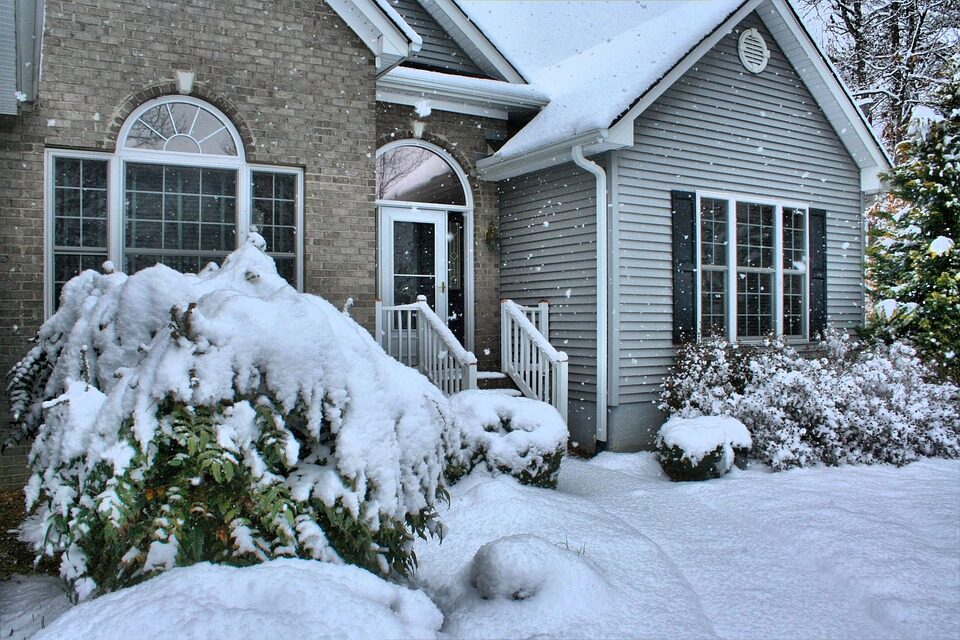Despite having heating systems in our homes, sometimes things are just a bit chilly, especially in the Winter. No one wants to be uncomfortable in their own home, and so we look for ways to start warming up quickly. You could turn up your heat, but this will end up costing you a significant amount of money by the time the Winter season is over. Rather than spending more of your hard-earned money, there are a few tricks you can use to stay warm inside your home. Here’s what you can try:
Add Some Layers
One of the easiest things you can do is add on some layers. This is a cost-efficient way to stay warm, and you can do it whenever you’re feeling just a little colder than normal. For instance, when you’re just hanging around your home, put on something like a Merino wool base layer underneath your other clothing. This will help trap heat in, and you can always change out of it if you get too warm. Other options are throwing on a sweatshirt, a second pair of socks, or even a hat. Heat leaves our bodies from the extremities, so anything you can do to block its escape will go a long way.

If you don’t want to wear the layer, try grabbing some blankets. When you go to bed at night, or when you’re just sitting around watching TV, give yourself an extra blanket. It’s much more affordable to grab yourself another $40 blanket, rather than paying additional gas, oil or electric costs.
Open the Curtains
A major source of heat to your home is the sun. If your windows are facing the correct way, opening up your curtains or blinds during the day can help to warm things up. Even though it’s chilly outside, the sun is still out. By allowing it to enter your home through the windows, you can raise the temperature by a couple of degrees. Just remember to close the curtains again before bed, as this will help to trap some of the heat inside.
Check Your Insulation
During the colder months it’s important that whatever heat your home does generate stays inside. Your energy costs will skyrocket if the heat can easily leave the home. Imagine running your furnace all day, only to realize you left a window or door wide open. The heat would just keep leaving, causing your furnace to work overtime.
The keep this from happening, you’ll want to examine the insulation around your home. Make sure there are no cracks around your windows, or gaps around your doors. Anything that leads outside should be airtight so that no heat can escape. Finally, check the insulation within your walls and consider adding in some more if you feel like your furnace is working harder than it needs to.
Add in Extra Heat Sources
Your furnace is the major source of heat in your home, but there are other ways to generate heat that might be more affordable. For instance, if you want to heat up a single room, you could plug in an electric space heater. This would use a significant amount of electricity, but your furnace wouldn’t have to work as hard. So, for example, let’s say you’re working from home. You could have the space heater running in your office and keep the furnace off for the rest of your home.

Another option is a wood or pellet stove. These are great at heating up larger areas, but they also need their own source of fuel. In addition to electricity, you’ll need either wood or wood pellets to keep the system running. Whichever device you consider using, weigh the costs of running it vs running your furnace longer or on a higher temperature.
Hot Food and Beverages
Finally, when you just need a little bit of extra warmth, consider making yourself something warm to eat or drink. There’s nothing better than curling up on the couch in the Winter with a good book and a cup or hot chocolate or tea. Wrapping your hands around the warm mug will send warmth through your body and help get you through that short cold spell at an affordable price.
Don’t Spend a Fortune to Stay Warm
It’s important that you’re comfortable inside your home year-round, but you don’t have to spend a fortune to do it. Finding alternative ways to stay warm will save you money and make your home more sustainable. Start with the tips above, and you should find that getting through the colder months is just a little more bearable.

